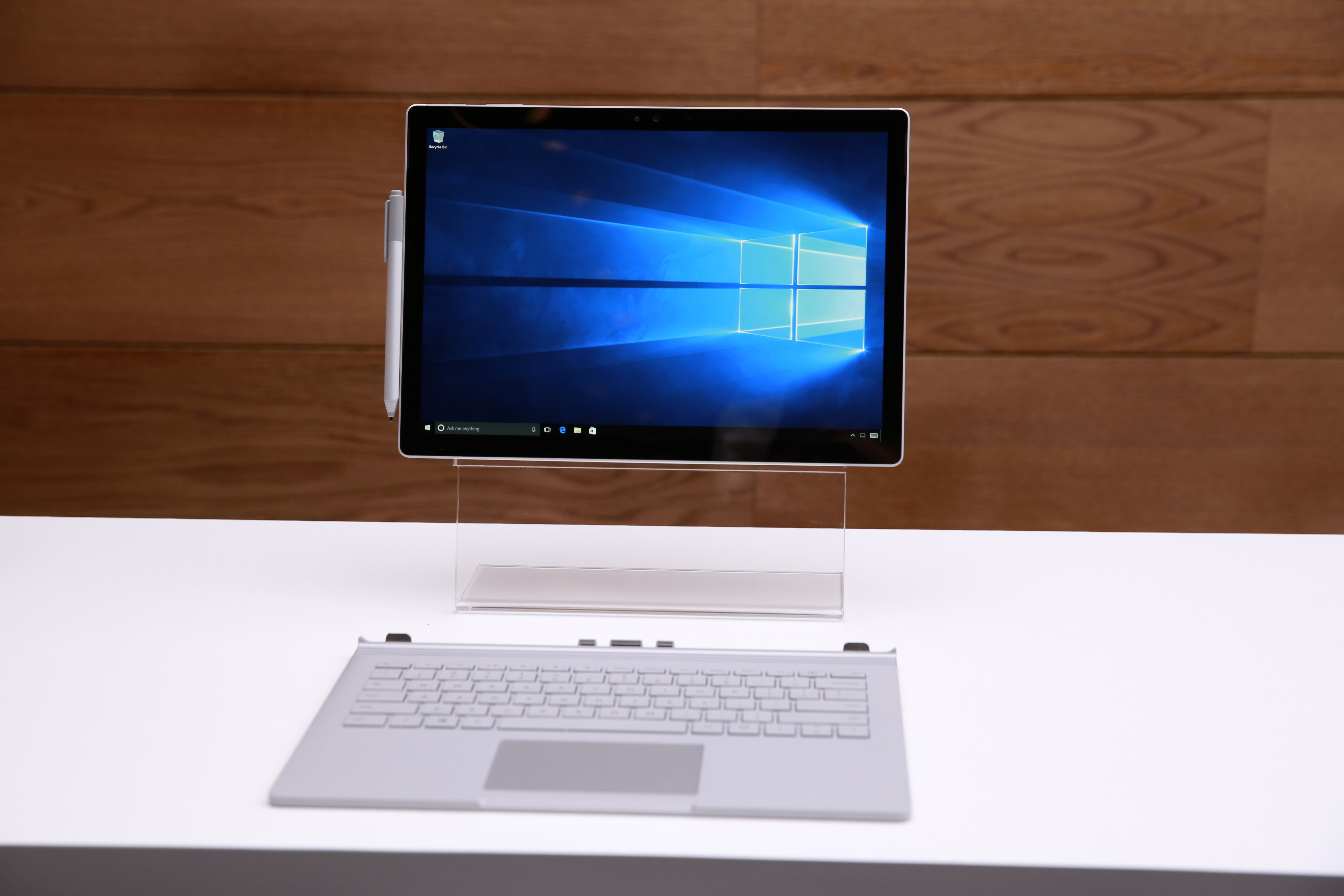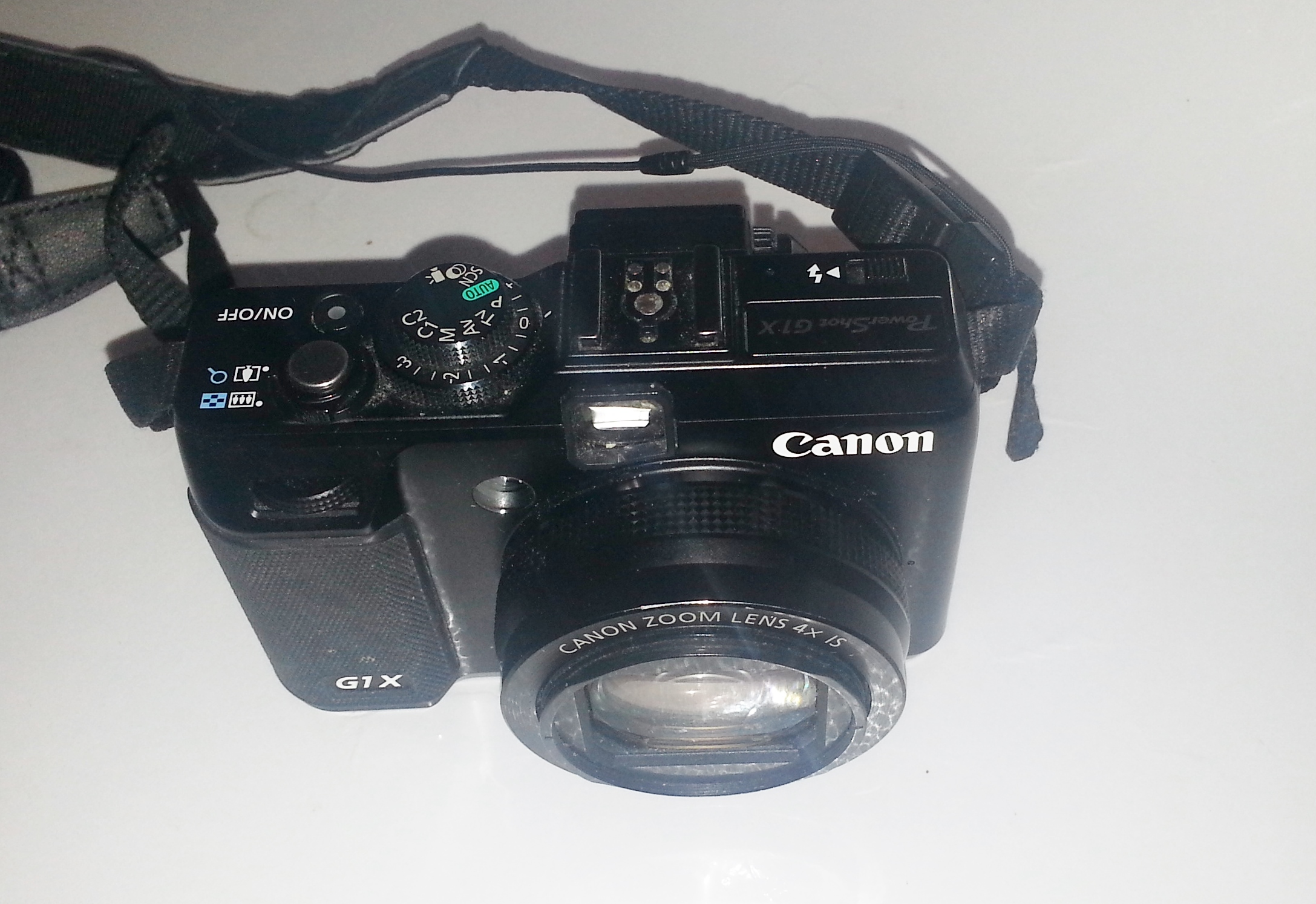Those of us who lived through the 60s, 70s and 80s, will remember the pre-recorded cassettes being another way to sell recorded music. These tapes were typically marketed as “Musicassettes” and were able to be played in any old cassette player or recorder that existed, whether in (or under) the dashboard of a car, a portable unit or a cassette deck attached to the hi-fi system. They were typically considered second-rate to the LP record and people who were serious about music quality typically recorded the LP onto one side of a blank C-90 cassette for in-car or portable use rather than buying these tapes.
This was until the 1980s where there were many high-quality cassette players and recorders being used by the public. This was exemplified by the Walkman personal cassette player and the large “boom boxes” of that era and vehicle builders equipping their premium vehicles with high-quality cassette players. It led to the music industry improving the quality of these tapes by using improved tape stock for the cassettes, implementing an improved signal path and using stringent quality control during the tape replication process. This led to the cassette being respected more as an analogue recorded-music medium alongside the LP record. Some people then ended up not using the turntable function of a music centre or built up a music system with a cassette deck as the system’s only packaged-music source.
Now, SanDisk has implemeted the MicroSD card as a recorded-music distribution medium for use with mobile phones or MP3 players. The medium, market as “SlotMusic”, is sold with an accompanying USB card reader for use with PCs or media players equipped with USB ports, but can be played on equipment that has a MiniSD or standard SD card slot through the use of a MiniSD or standard SD adaptor card. These cards will contain 320kbps MP3 files of all the music that is on the album.
I have read many criticisms to this format, primarily by CD enthusiasts who see it as another poor-quality format for portable use. This is going to be very much the same sentiment that was held regarding the pre-recorded Musicassettes where they were only suitable for playing on a low-quality portable cassette recorder and weren’t fit for use on a hi-fi system.
As far as the home network is concerned, music files on a SlotMusic card can be copied to a DLNA media server which can provide them out to other DLNA music clients. This could be done either by copying the files in to a directory named after the album using the network file-transfer techniques or by “inducting” the SlotMusic card’s contents in to the music collection using the PC jukebox software’s content-import procedures and, if necessary, synchroniing that data to the music server.


